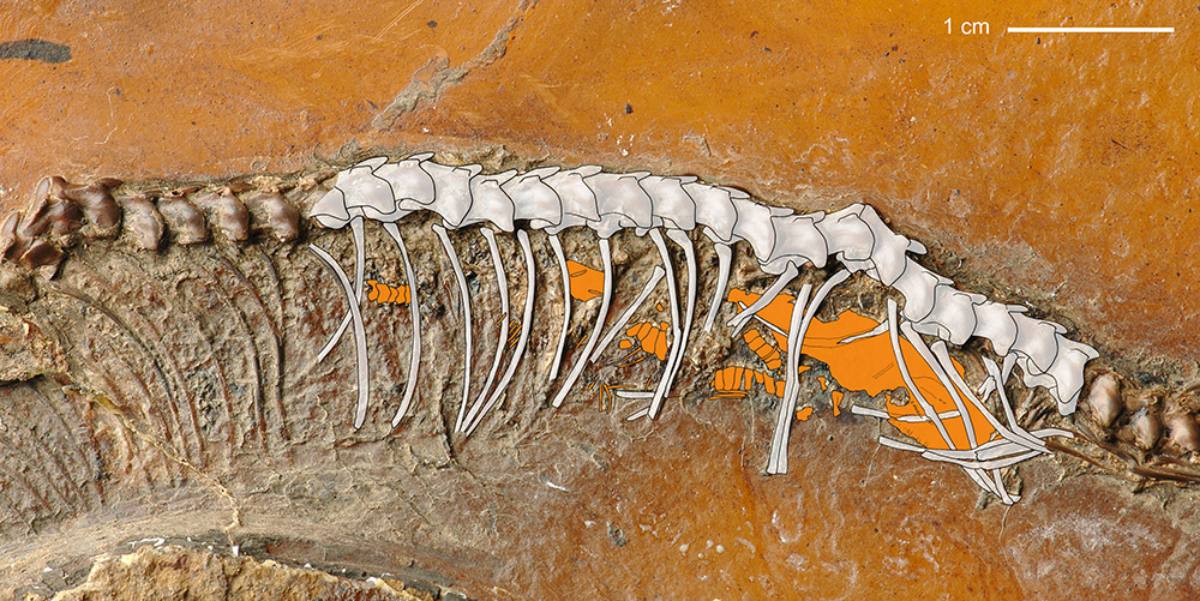Scientists have unearthed the remains of what is likely the biggest marine turtle ever found in Europe. Leviathanochelys aenigmatica, a type of sea turtle that existed in Europe 70 to 80 million years ago, measured 12.15 feet in length, making it larger than any other turtle species known from the region. As a result, Leviathanochelys disproves the theory that only North American animals were huge sea turtles throughout the Cretaceous period.
The Cretaceous period was ruled by enormous dinosaurs. But the 30-foot-long (9 m) marine predator Thalassotitan and the 15-foot-long Archelon, the biggest known sea turtle, were among the first giant reptiles to swim the oceans. The largest known specimen of Archelon weighed 3.5 US tons. It swam in the North American oceans.
Comparatively, its European counterparts seemed to be rather slim, with a carapace length of little more than 5 feet (1.50 m). As a result, for a long time, it was believed that the largest sea turtles were found solely in North America.
Giant, Mysterious Turtle
However, a discovery by paleontologists led by Oscar Castillo-Visa of Barcelona’s Autonomous University has debunked this theory. They discovered the remains of a massive sea turtle that lived between 83.6 and 72.1 million years ago in the late Cretaceous in northwestern Spain. Leviathanochelys aenigmatica refers to an “enigmatic giant turtle“, therefore that’s what they called the massive creature.
Only the pelvis and a portion of the dorsal carapace have been preserved as fossils. Scientists have calculated that Leviathanochelys was around 12.27 feet (3.74 m) long because to the size of its pelvis. The biggest known fossil turtle species, Archelon, has a wider pelvic bone. The research concludes that Leviathanochelys was just slightly smaller than this monster.
This fossil reptile not only ranks among the biggest sea turtles ever, but it is also the first record of such enormous turtles in Europe. One of the biggest turtles to ever live in open water, Leviathanochelys formerly swam the waters of Earth.
The Quest for the Causes of Massive Growth
As a previously unknown species of sea turtle, Leviathanochelys has the potential to shed light on long-standing concerns regarding the origin and development of these animals. This is because the fossil demonstrates that these animals’ gigantism, which was especially prevalent throughout the Cretaceous era, was not confined to a certain area but rather existed on a worldwide scale.
Researchers think they may have found the first member of a hitherto unknown species of extinct sea turtles in the Leviathanochelys. A bony protuberance at the front of the pelvis suggests this, which is absent in other genera.
The existence of Leviathanochelys provides compelling evidence that sea turtle gigantism arose independently in several lineages. This discovery has the potential to shed light on what drove giantism in Cretaceous sea turtles.
As it is, scientists believe that the turtles’ massive sizes likely served to shield them from predators and facilitate open-ocean voyages. Cretaceous sea temperatures might have also been a factor. But Leviathanochelys may bring forth more precise or even novel understandings.



